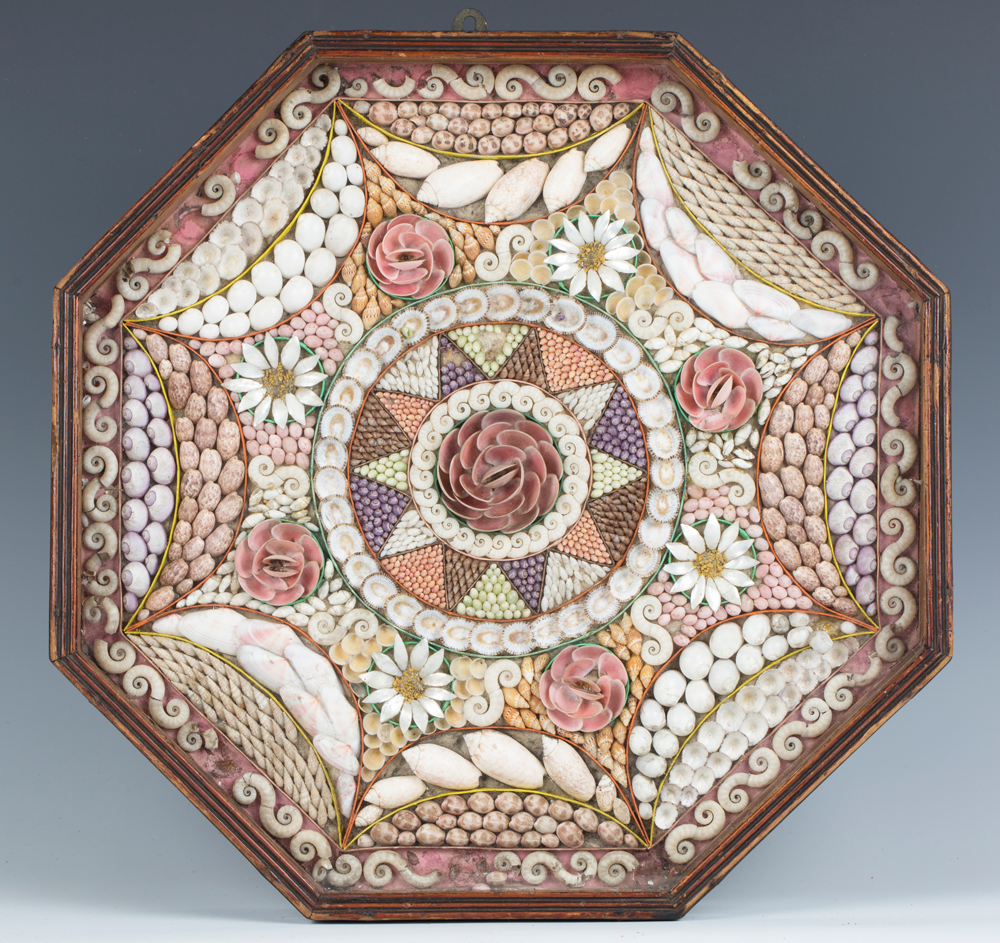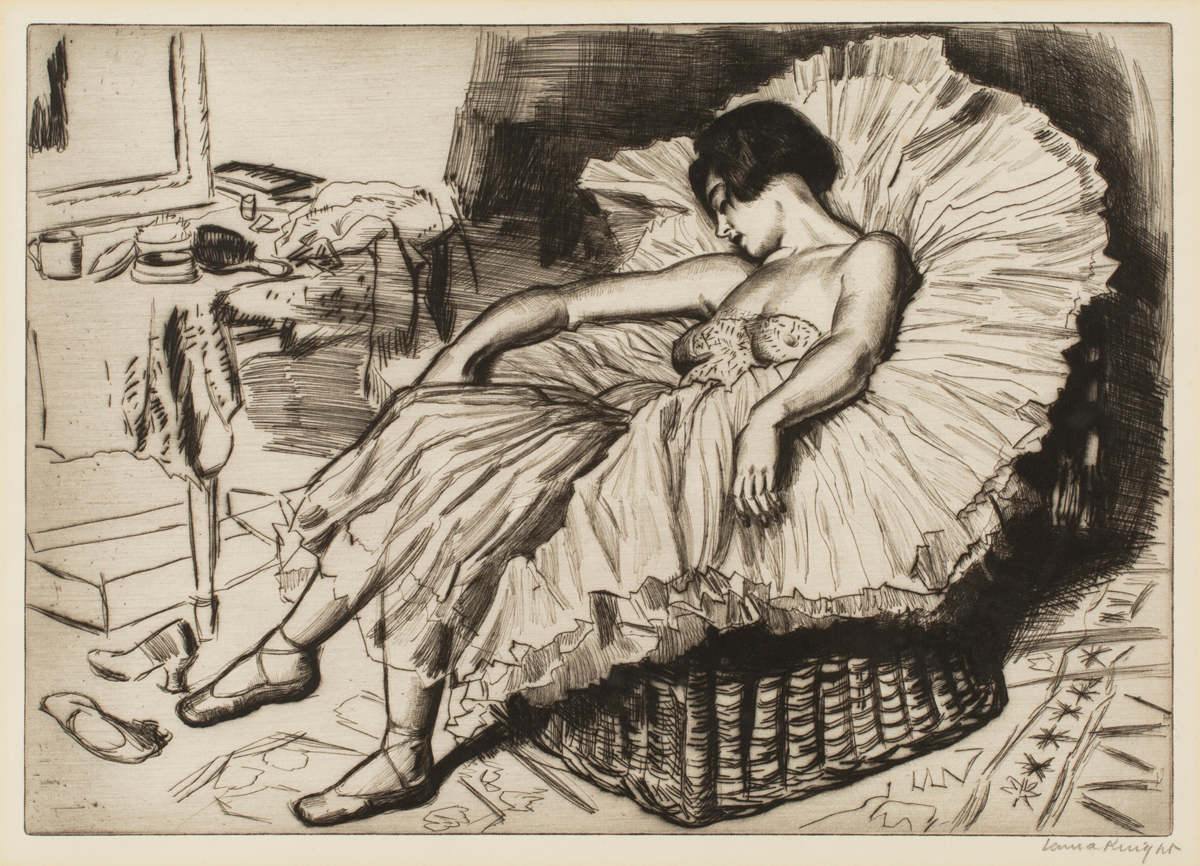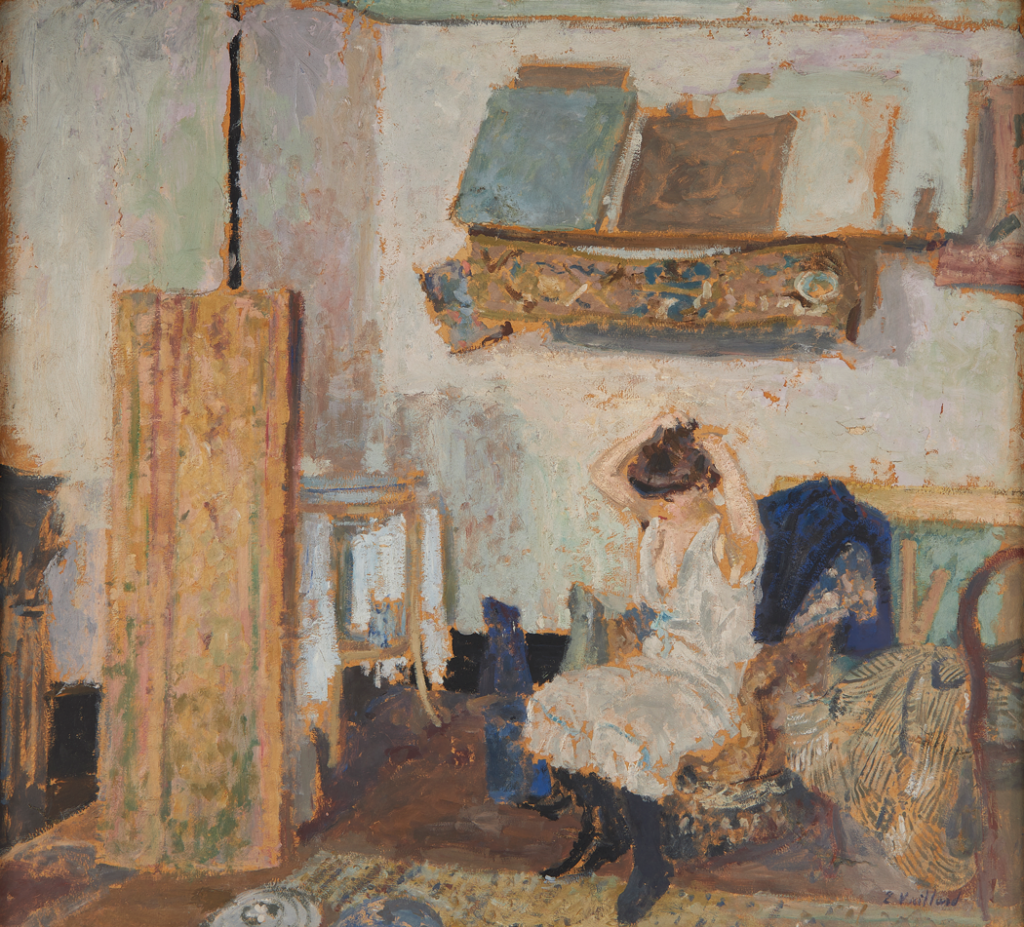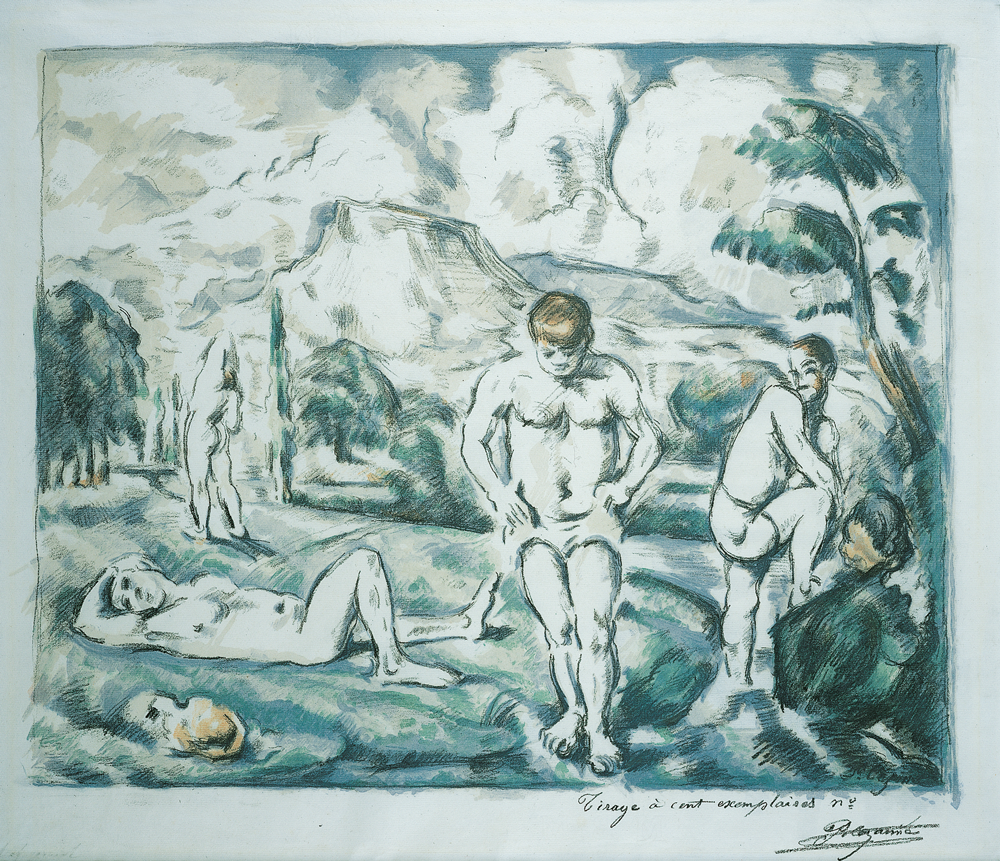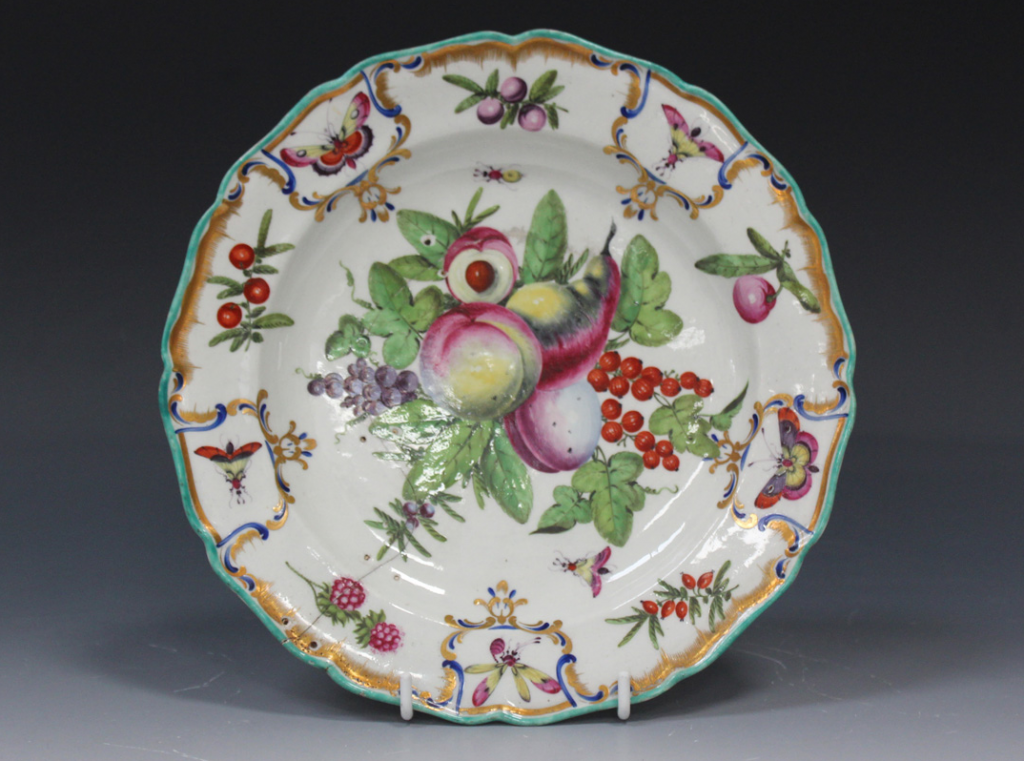
As I write this week’s column I can still see a light dusting of snow covering the garden borders. The snowdrops are bravely out and the primroses are flowering. As the bulbs poke their heads up I am reminded that spring is not far away and the abundance of summer will soon follow.
These thoughts bring to mind the extraordinary work of the English ceramic decorator James Giles.
In the 18th century scientists and collectors sought to catalogue the natural world influencing society’s awareness and engagement with nature. In response to this, naturalistic and botanical styles of decoration became increasingly popular on porcelain.
In the 18th-century Britain’s porcelain industry flourished. Unlike its continental competition our famous porcelain manufacturers were not subsidised by royal patrons. Rather, it was our inventiveness, artistry and entrepreneurial skill which created such a flourishing industry and expression of decorative art.
James Giles was an outside decorator and a leading proponent of painting and enamelling on porcelain. Giles produced some of the most richly decorated of all Worcester porcelain. It was painted in his independent London studios. I am unaware of any Worcester porcelain decorated by Giles prior to 1760. An advertisement for his studio in January 1768 states that a large stock of white goods were available for enamelling ‘to any patterns his patrons might chuse’.
His ledgers and company records suggest that much of the painted porcelain from his works was actually decorated by Giles himself. He purchased ‘white’ china not only from Worcester but also Philip Christian of Liverpool, Thomas Turner at Caughley, and William Duesbury of Derby.
James Giles is noted for his botanical and armorial wares. The dessert plate and tankard illustrated are thought to have been decorated by James Giles in his London studios. The exceptional quality of his work is still prized by collectors today and they each made £1600 at Toovey’s.
There is an abundance to his decoration of the Worcester porcelain dessert plate which dates from around 1770. It is beautifully enamelled with fruit and insect decoration framed by the blue and gilt border. Its crack is repaired with rivets, a favoured method in the 18th and 19th centuries.

The Worcester porcelain tankard provides an example of Giles’ armorial ware and dates from around 1765. Its slightly tapered cylindrical body is finely enamelled with a coronet enclosing a broken spear above a floral ‘RS’ cypher between two delicately articulated broad sprays of fruit and flowers.
The spirit of industry, inventiveness and entrepreneurial skill expressed in the nation’s 18th and 19th century porcelain manufacturers and decorators is still to be found across the United Kingdom.
We have always brought together science, art, design, manufacturing and industry and I feel confident about the positive contribution we will continue to make in the world.
